Ever watched your cat yawning through your energetic morning routine, only to see them bounce off the walls at midnight? You might be living with what we humans would call a confused roommate. The truth is, your furry companion operates on a completely different schedule than you do, and understanding this can transform your relationship with them forever.
Felines are crepuscular, meaning they’re most active at dawn and at dusk. This isn’t just some fancy scientific term to impress your friends at dinner parties. It’s actually the key to understanding why your cat seems to have their internal clock completely backwards from yours. While you’re settling into your evening Netflix routine, they’re gearing up for what their ancestors considered prime hunting time.
The Dawn Chorus: Why Your Cat Becomes a Morning Alarm Clock
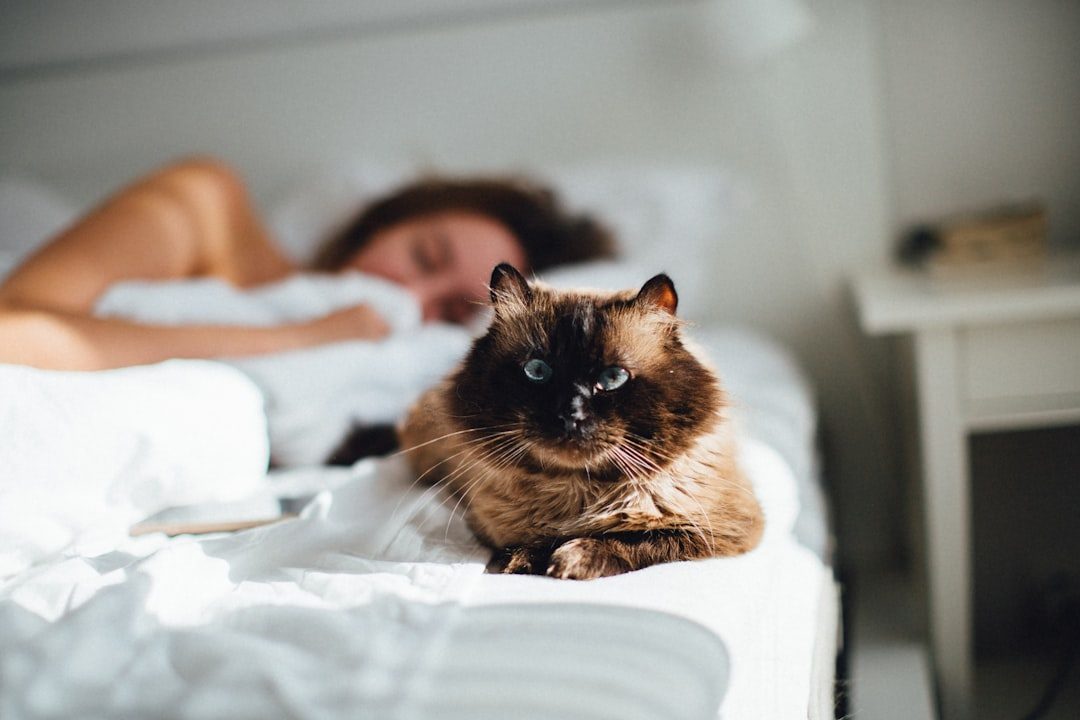
Picture this: it’s 5 AM, and suddenly your peaceful slumber is interrupted by a furry tornado landing directly on your chest. Many paw parents say that the first thing their felines do after waking them up in the morning is settle in for some kitty cuddles. This isn’t your cat being inconsiderate. They’re actually following millions of years of evolutionary programming.
Cats are crepuscular because they have evolved to hunt at dusk and dawn. “Birds and mice are very active at dawn, and cats evolved to take advantage of this by developing the ability to see in low-light conditions.” Your indoor cat might not need to catch breakfast anymore, yet their body still responds to those ancient hunting rhythms.
Think of it like having a built-in alarm clock that’s been running for thousands of years. Even your pampered house cat carries the genetic memory of when dawn meant survival. Those early morning wake-up calls aren’t demands for attention – they’re invitations to start the daily adventure together.
The Great Sleep Marathon: Understanding Feline Rest Patterns
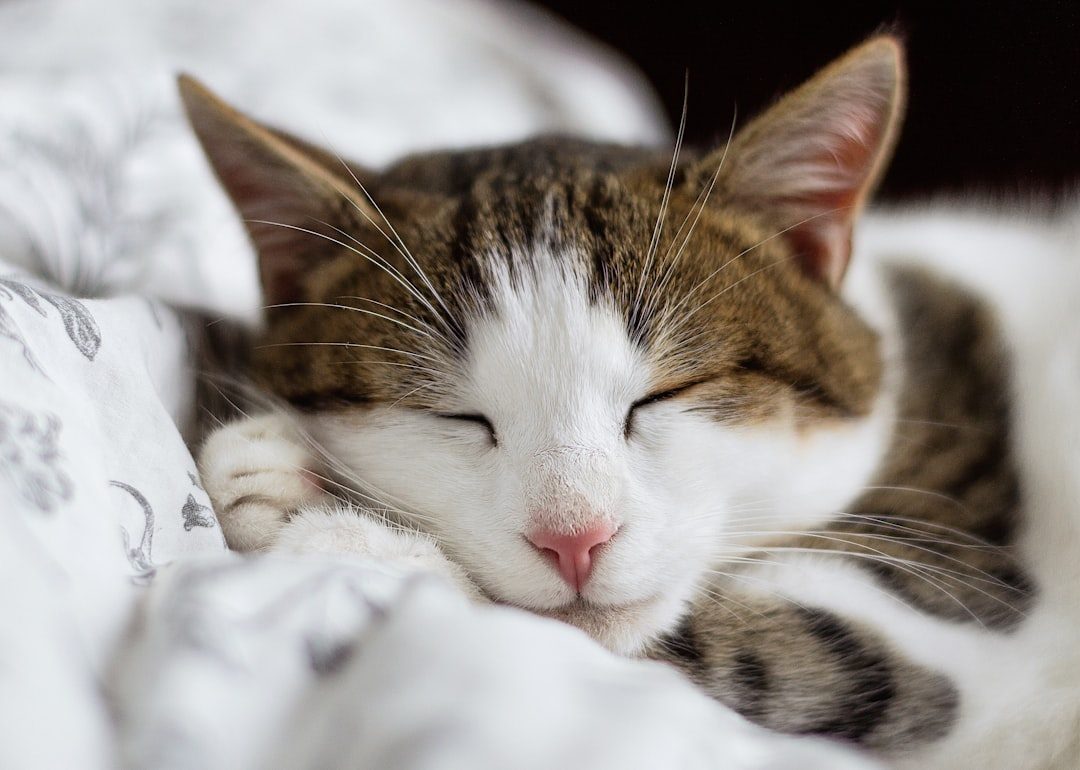
Cats sleep approximately 12 to 16 hours a day. If you’ve ever felt jealous watching your cat nap for the fourth time before lunch, you’re not alone. This extensive sleeping schedule isn’t laziness – it’s actually a sophisticated energy conservation system.
Cats sleep like this because they’re both predator and prey. Polyphasic (meaning “many phases”) sleep allows them to stay alert enough to swiftly escape predators when needed. Your living room lion takes multiple short naps rather than one long sleep because their ancestors needed to stay ready for action at all times.
Some cats will sleep more due to boredom. Indoor cats especially might extend their beauty sleep simply because there’s nothing exciting happening in their environment. This is why creating engaging spaces for your cat becomes so crucial for their mental health.
Evening Zoomies: The 9 PM Energy Explosion

Just as you’re winding down for the evening, your cat suddenly transforms into a furry race car, tearing through the house like they’re training for the Olympics. Cats are naturally nocturnal or crepuscular animals, and their playful behavior often peaks just as you settle down for the night. This isn’t random chaos – it’s a carefully timed energy release.
Natural hunters, and short bursts of activity in the morning mimic the hunting behaviors they would follow in the wild. Engaging in cat enrichment activities right after meals provides both mental stimulation and physical exercise. Evening zoomies serve as a substitute hunting expedition for cats who spend their days lounging indoors.
These sudden bursts of activity actually indicate a healthy, well-rested cat. Rather than being annoyed by the evening entertainment, try to appreciate that your cat feels safe and comfortable enough in your home to express their natural behaviors so enthusiastically.
The Mysterious Midnight Patrol: Why Cats Roam at Night
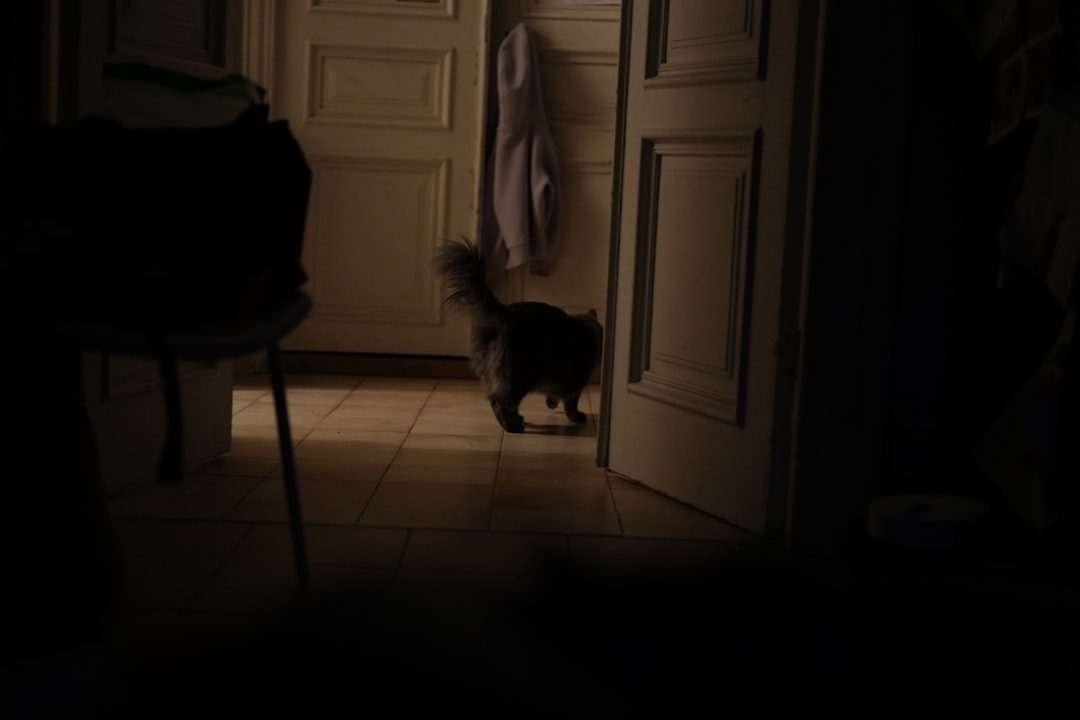
Your cat will probably be active at different points in the night. And you’ll see evidence of this the next morning when you find their toys spread throughout the house! These nocturnal adventures aren’t mischief – they’re security rounds.
Cats are naturally curious. The silence of the night provides them with opportunities to explore their environment without disturbance. Your cat may investigate new areas, race around the house, play with toys and enjoy the twilight peace. The quiet house becomes their personal kingdom to patrol and explore.
During these midnight missions, cats often rediscover toys they’ve ignored all day, investigate interesting scents, and ensure their territory remains secure. It’s like having a tiny security guard who takes their job very seriously.
Food-Driven Morning Routines: The Breakfast Campaign
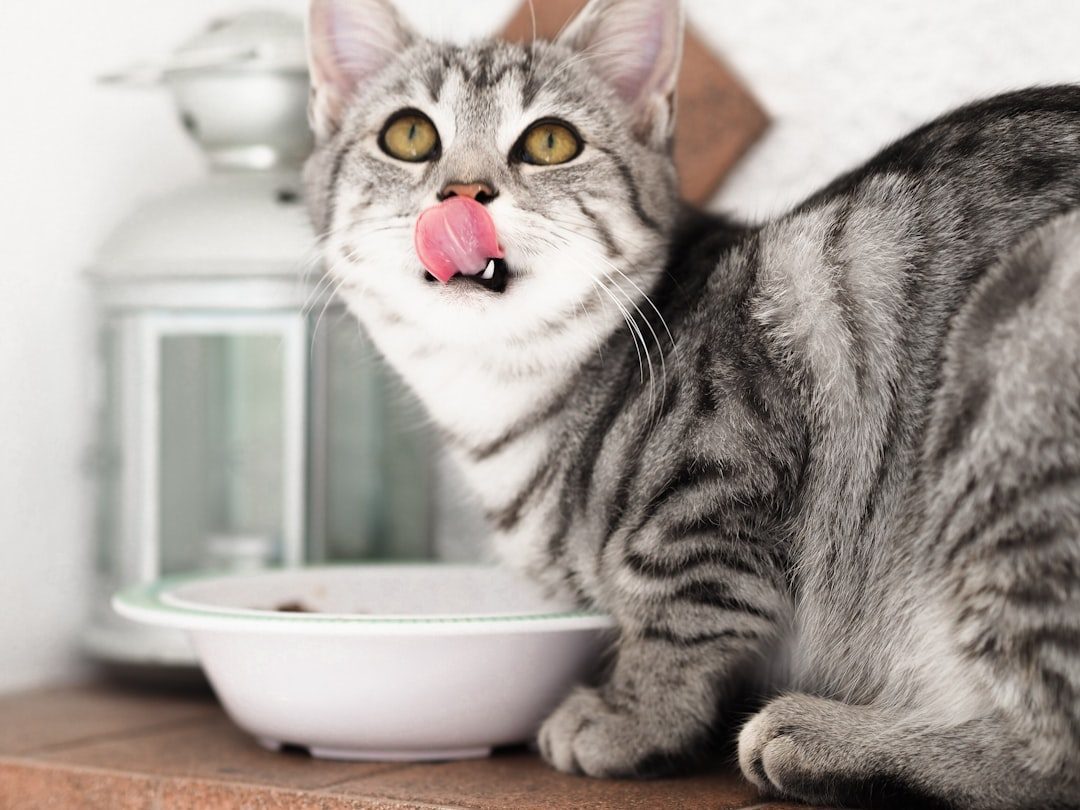
Mouser knows she’s going to get a fresh bowl of water and her favorite brand of cat food when I wake up in the morning. Your cat’s morning persistence isn’t just hunger – it’s a learned behavior pattern that creates structure in their day.
Establishing a feeding schedule for your cat will help them understand how the day works in your house. By default, most other behaviors or routines tend to occur around your cat’s feeding schedule, since food is what motivates them the most. This makes it easy to structure your cat’s day around food, and you can use this to help them understand when it’s time for the next activity.
Smart cats quickly learn that human wake-up time equals breakfast time. They become living alarm clocks, ensuring you never oversleep and miss their most important meal of the day. This food-focused morning routine actually strengthens the bond between you and creates predictable structure that cats crave.
The Art of Strategic Napping: Daytime Sleep Locations
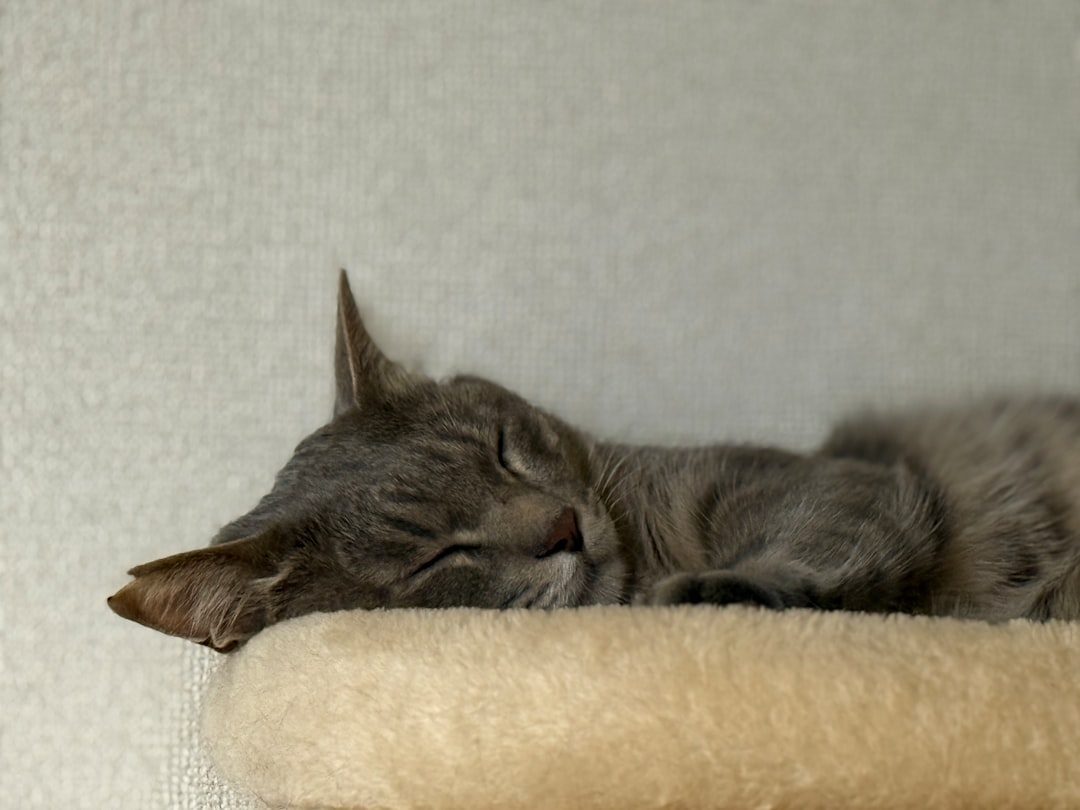
Have you noticed your cat seems to have a PhD in finding the perfect napping spot? How much and when they sleep depends on the level of activity in their environment. A cat living as a pet in the home is likely to sleep more than a cat that is outdoors and has to work for their food. Indoor cats become professional nappers, turning sleep into an art form.
Your cat’s choice of sleeping location throughout the day isn’t random. They’re constantly evaluating comfort, safety, temperature, and proximity to their favorite humans. That sunny spot by the window at 10 AM becomes the perfect heated bed, while the cool bathroom tile appeals during hot afternoons.
Cats also adjust their sleeping locations based on household activity. They might choose quieter spots during busy periods and closer locations when they want to supervise your activities while resting. It’s remarkable how they balance their need for sleep with their desire to stay connected to family life.
Social Sleeping: When Cats Choose Human Companionship
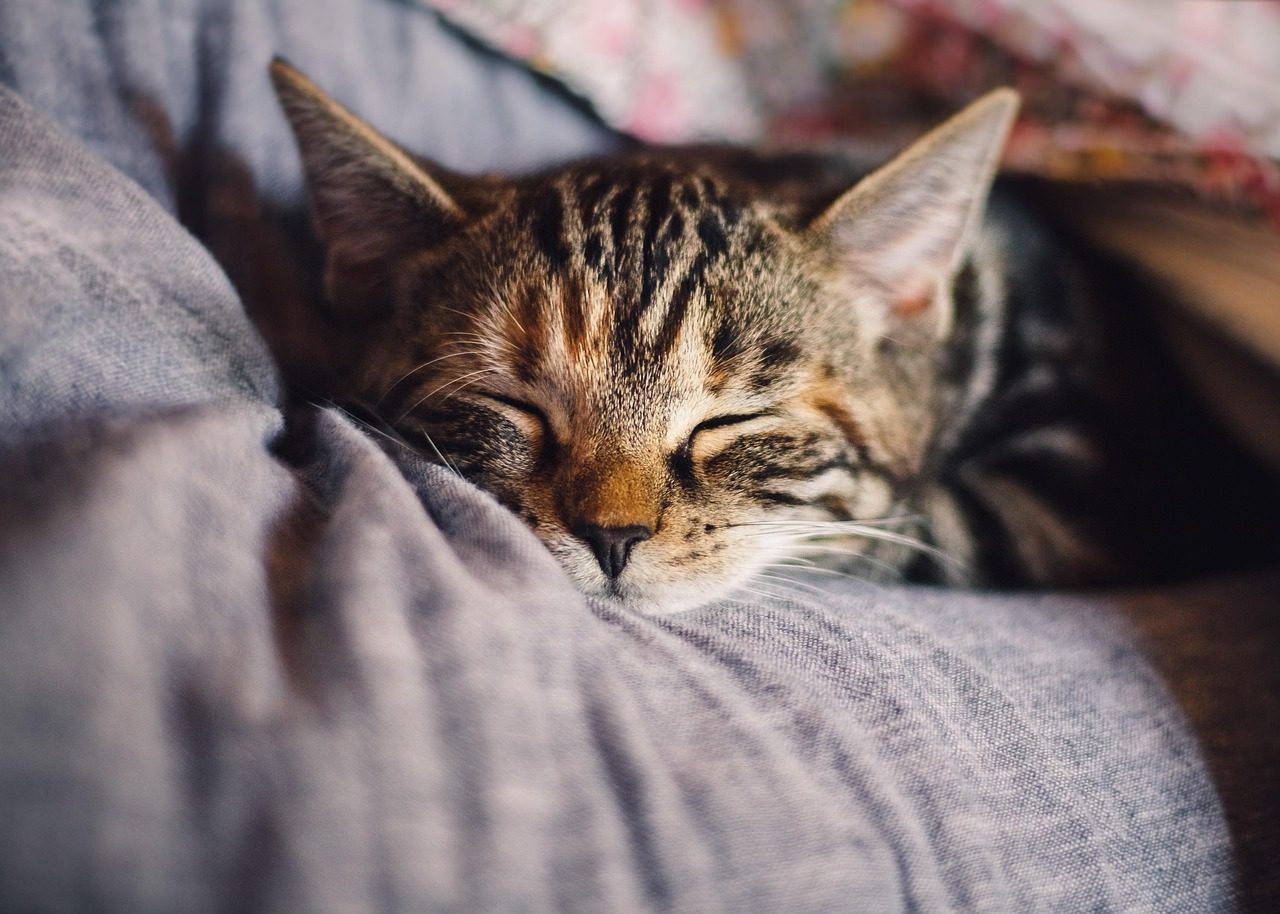
They try to conform to their owners’ wake-sleep routines as long-time domesticated pets. They do this because they spend much of their time indoors. Many cats gradually adjust their schedules to match their human families, creating shared routines that strengthen bonds.
A domestic cat’s normal sleep cycle includes some sleep at night, but since cats will also sleep when bored, many cats will sleep through the night with you. This adaptation represents one of the most touching aspects of human-cat relationships – they choose to modify their natural patterns to spend time with us.
Cats who sleep with their humans often develop synchronized breathing patterns and shared wake cycles. They become attuned to their person’s movements and emotions, sometimes even sensing illness or distress during sleep periods. This nighttime companionship creates deeper emotional connections between cats and their families.
Environmental Influences: How Your Schedule Shapes Theirs
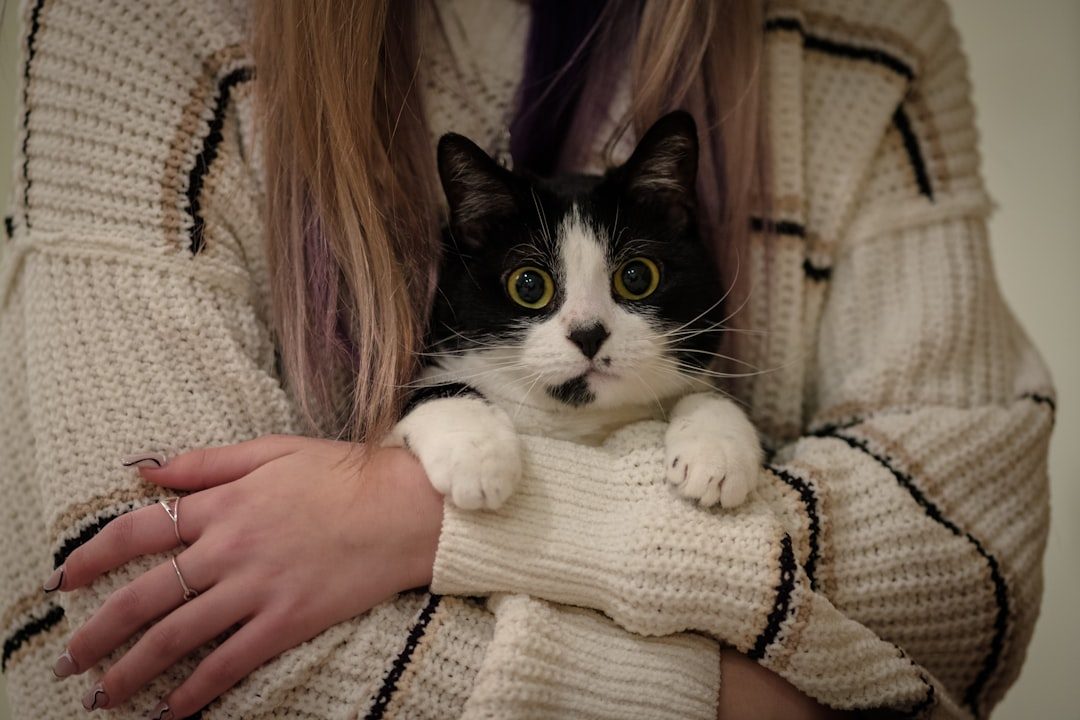
Your cat is responding to your schedule. Many owners first start to interact and play with their cats when they get home in the evenings. This causes a shift in the cat’s day and results in them reaching their peak activity level at night. Your daily routine becomes a powerful influence on your cat’s behavioral patterns.
If we’re out at work, they will be more likely to sleep. When we’re home, they become conditioned to ask to play when we’re up and around. Cats are incredibly adaptive creatures who learn to optimize their energy for when their favorite people are available.
This environmental adaptation explains why some cats seem more active during weekends or adjust their behavior when family schedules change. They’re constantly reading social cues and adjusting their internal clocks to maximize quality time with their human companions.
Bengal Cats: The Midnight Maniacs
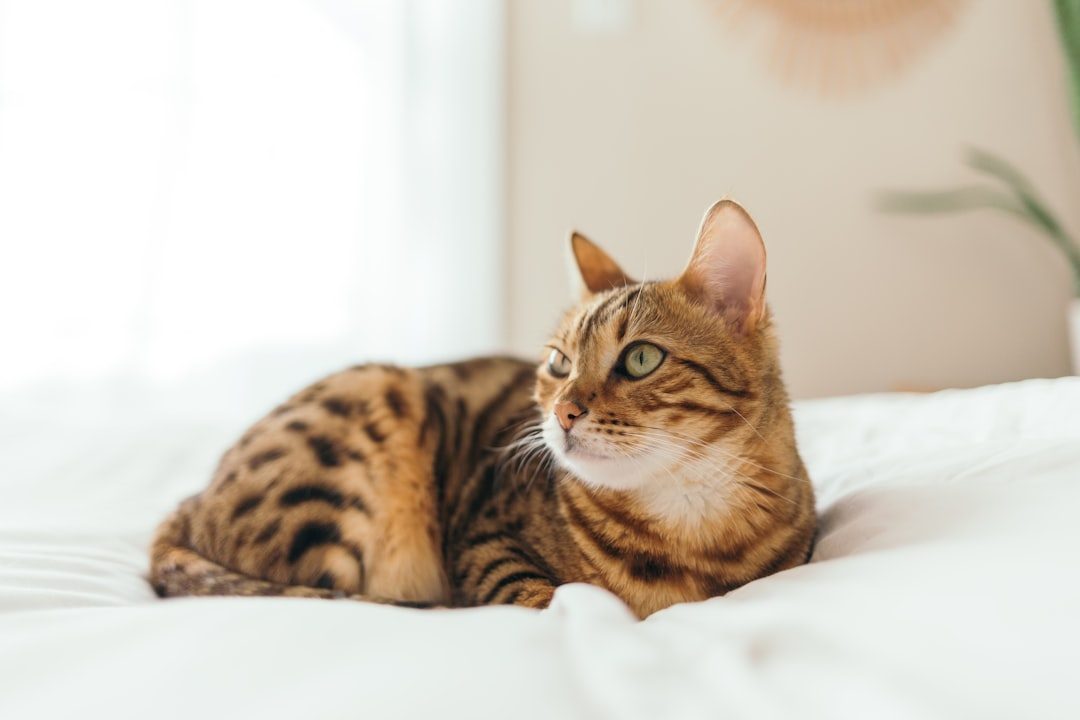
Breeds like Bengal, Siamese and Abyssinian are known for their high energy levels, which can extend into midnight crazies. Bengal cats take nocturnal activity to championship levels. Bengal cats are the descendants of the Asian leopard cat, so they have more aggressive traits and are more inclined to be active at night than other domestic cat breeds.
These stunning cats inherit strong hunting instincts from their wild ancestry, making them particularly active during evening and early morning hours. Bengal cats often exhibit high energy levels and vocalize loudly, especially during nighttime activity. Loud nighttime vocalization in Bengal cats can stem from boredom, mating instincts, or territorial behavior. Living with a Bengal means embracing their need for adventure and stimulation.
One interesting trend related to Bengal cats and their nocturnal behavior is that they are more active during the early morning and late evening hours. This is likely due to their wild ancestry, as wild cats are most active during these times in order to hunt for food. Bengal owners often become early risers by necessity, learning to channel their cat’s energy into positive activities.
Siamese Cats: The Vocal Night Shift Workers
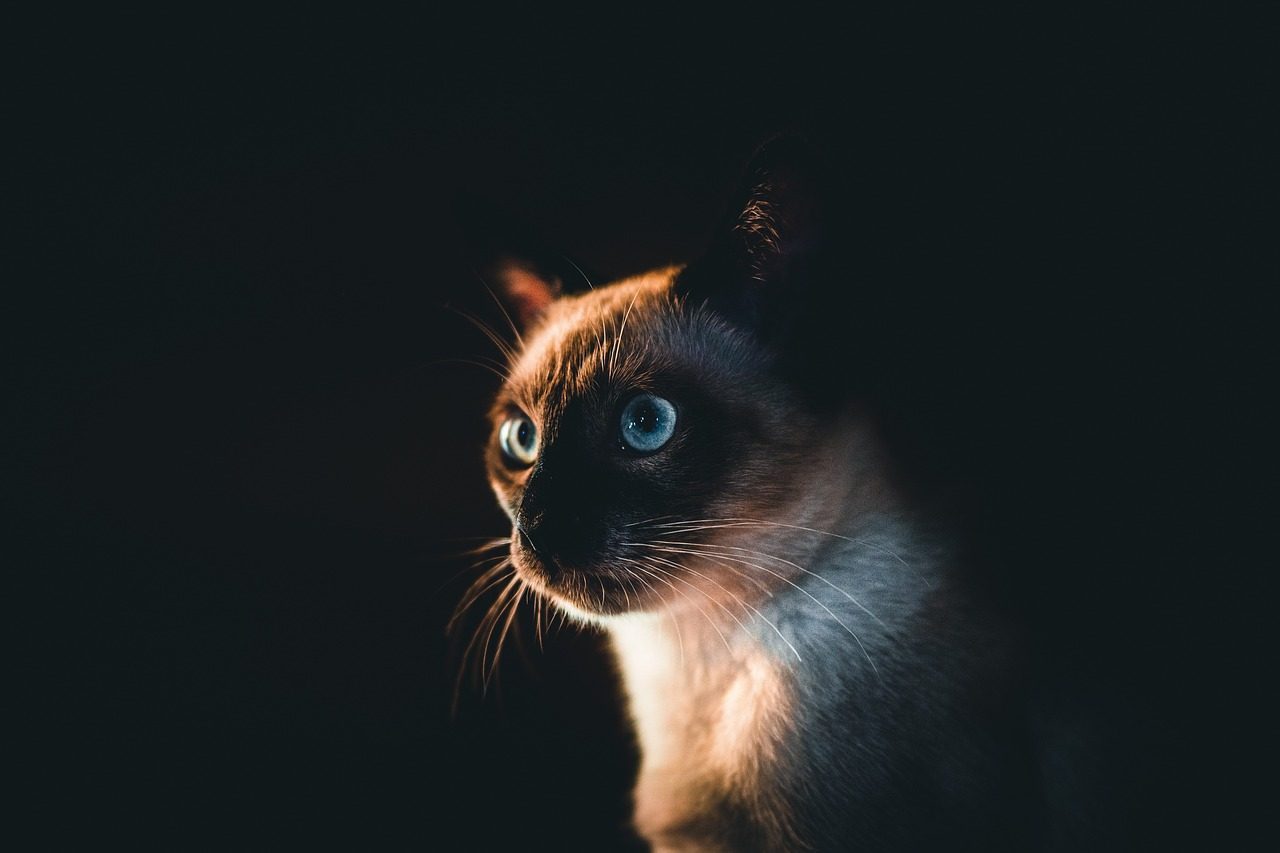
Siamese cats are known for their vocal nature and high energy levels, traits that make them excellent companions for night owls. Their tendency to be active and playful during the night aligns well with those who prefer staying late. Siamese cats are highly social and thrive on interaction, whether it’s through play, conversation, or simply being in the presence of their human counterparts.
Siamese cats are crepuscular animals. They are more active and vocal at dusk and dawn than during the day. Their famous talkative nature becomes even more pronounced during these peak activity periods, creating a soundtrack for early morning and evening hours.
Their vocalizations can range from soft murmurs to loud, expressive meows, offering lively company that can make the nighttime more engaging. Additionally, Siamese cats are known for their intelligence and curiosity, often seeking new forms of entertainment and ways to explore their environment, making them perfect for those who enjoy an active, interactive nighttime routine. They transform quiet evening hours into social gatherings.
Abyssinian Cats: The Twilight Adventurers
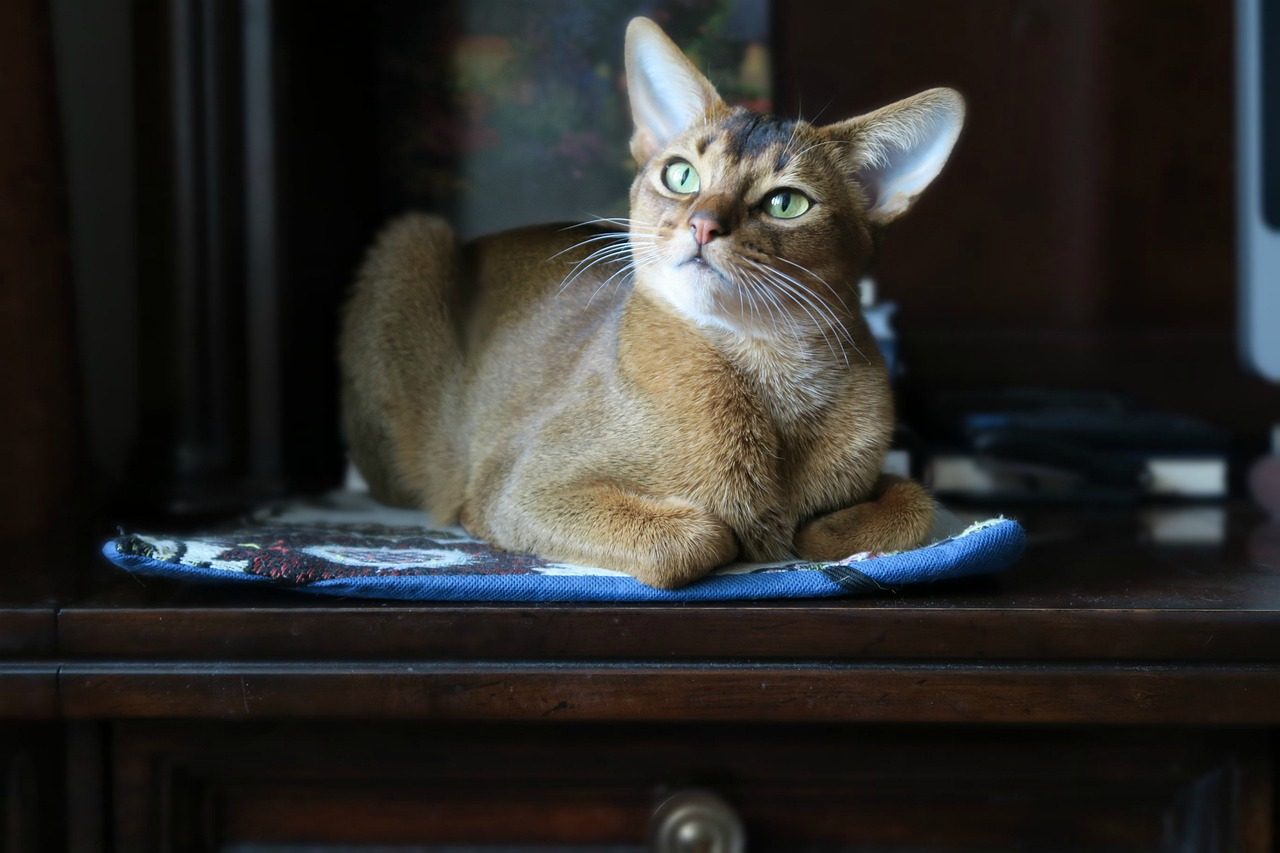
Abyssinians are known for their endless curiosity and high energy, which make them perfect for those most active at night. They are incredibly playful and thrive on interactive games and exploration, often seeking new adventures well into the evening. These athletic cats seem to have boundless energy reserves that peak during crepuscular hours.
Abyssinians’ love for climbing and high places means they are always on the move, looking for higher ground to survey their domain or a new nook to investigate. This breed’s sociable nature also means they prefer to be where their humans are, making them suitable companions for night owls looking for a feline friend to share in their nocturnal activities.
Living with an Abyssinian during evening hours feels like having a tireless adventure companion. They approach nighttime with the enthusiasm of explorers discovering new continents, turning ordinary household objects into fascinating expedition equipment.
Maine Coon Cats: The Gentle Evening Giants

Whether it’s the vocal and sociable Siamese, the adventurous Bengal, the playful Abyssinian, the gentle yet spirited Maine Coon, or the lively Oriental, each breed brings its unique traits and behaviors to the nocturnal lifestyle. Maine Coons approach evening activity with a more relaxed, gentle energy compared to their more intense counterparts.
These large, majestic cats often become more social and playful during crepuscular hours without the frantic energy of smaller breeds. Their size and calm temperament make them excellent companions for quiet evening activities, preferring interactive play sessions to chaotic zoomies.
Maine Coons tend to adapt well to family schedules while maintaining their natural activity peaks. They offer a perfect balance for families who want an active evening companion without the intense demands of more high-energy breeds.
Oriental Cats: The Energetic Night Entertainers
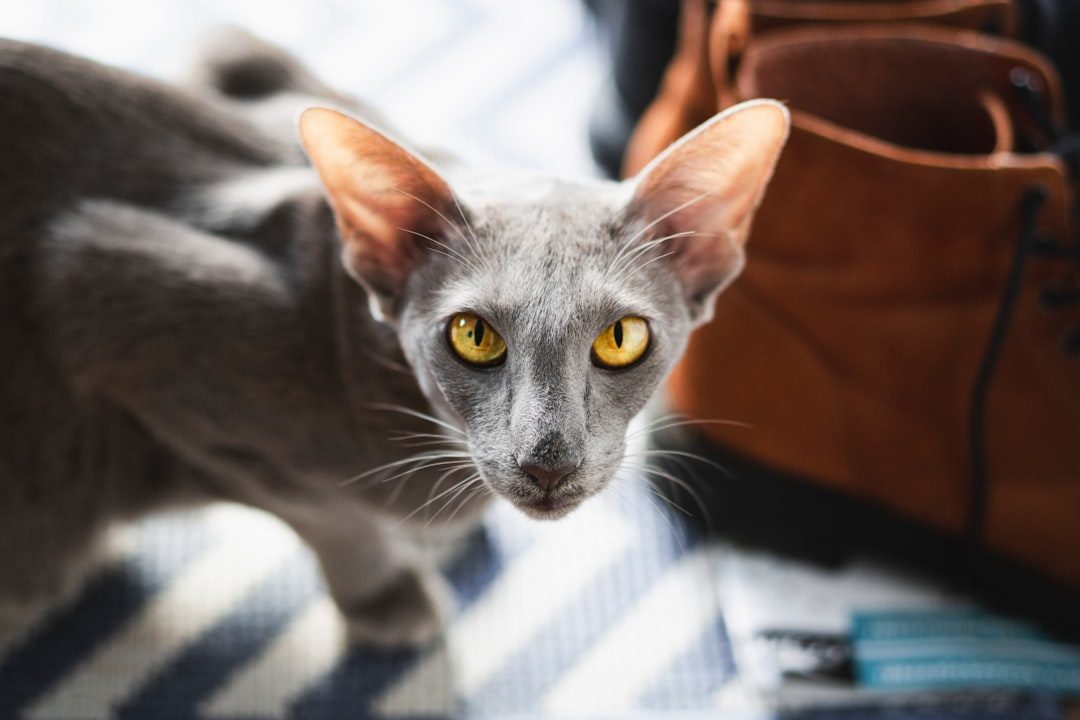
Whether it’s the vocal and sociable Siamese, the adventurous Bengal, the playful Abyssinian, the gentle yet spirited Maine Coon, or the lively Oriental, each breed brings its unique traits and behaviors to the nocturnal lifestyle. Oriental cats bring sophisticated energy to evening hours, combining intelligence with playful athleticism.
These elegant cats maintain strong activity levels during dawn and dusk periods, often engaging in complex play behaviors that showcase their problem-solving abilities. They excel at turning ordinary household items into elaborate entertainment systems during their peak activity times.
Oriental cats often develop intricate evening routines that can include specific play sequences, exploration patterns, and social interactions. Their intelligence means they quickly learn to associate certain times of day with different activities, creating predictable yet engaging evening entertainment.
Russian Blue Cats: The Mysterious Dusk Dwellers
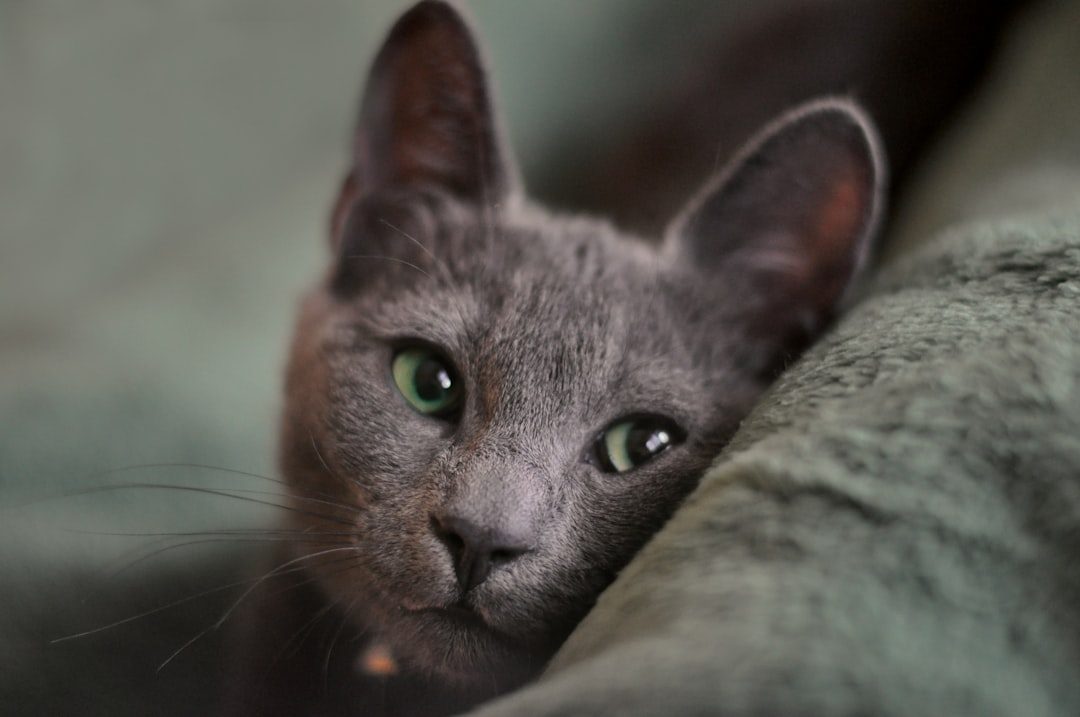
Russian Blues represent the more contemplative side of crepuscular behavior. These reserved, intelligent cats often show increased activity during twilight hours while maintaining their naturally calm demeanor. Their evening activity tends to be more focused and purposeful compared to more exuberant breeds.
During peak crepuscular periods, Russian Blues often engage in careful exploration and quiet play. They prefer mental stimulation over physical chaos, making them ideal companions for people who enjoy peaceful evening activities with subtle feline participation.
These cats excel at reading household rhythms and adjusting their evening activity to complement rather than disrupt family routines. They become thoughtful evening companions who add gentle energy to twilight hours without overwhelming the peaceful atmosphere.
Creating Harmony: Working with Your Cat’s Natural Rhythms

A simple cat morning routine can transform your household into a calmer, happier space, helping your feline start their day with balance and joy. Building a consistent daily routine for cats not only encourages healthy cat habits but also strengthens your relationship with them. Understanding your cat’s natural patterns allows you to work with rather than against their biological programming.
Knowing what to expect and having a general idea of when to expect it helps give our pets a sense of security. Creating routines that honor your cat’s crepuscular nature while meeting your own needs requires patience and creativity, yet the results strengthen your bond immeasurably.
Wake your cat up and play with them frequently every day for a week to encourage them to reset their sleep cycle to match yours. Playing with your cat for four 10-minute interactive play sessions per day is a healthy goal. Strategic play scheduling helps align your schedules while respecting their natural energy patterns. Remember, successful cat companionship isn’t about changing your cat – it’s about understanding and working with their fascinating feline nature.
Understanding your cat’s unique daily rhythm transforms frustrating nighttime disturbances into opportunities for deeper connection. Whether you’re living with a chatty Siamese who narrates the dawn chorus or a Bengal who treats your hallway like their personal racetrack, recognizing these behaviors as expressions of their natural programming helps you appreciate the wild heritage living in your home.
What do you think about your cat’s daily schedule? Tell us in the comments about your feline’s most amusing morning or evening habits!





